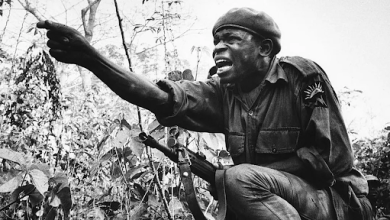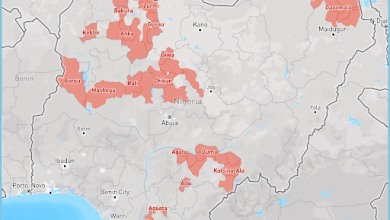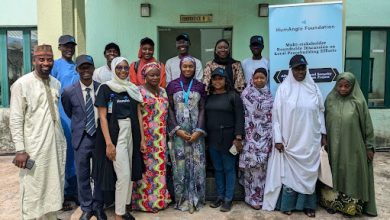Names Of Lekki Toll Gate Massacre Victims We Have So Far
Gleaning through press reports published in the past year, HumAngle identified at least six named people believed to have died as a result of the toll gate shooting that took place last year. There are also names of at least 19 others who sustained various forms of injury, mostly bullet-inflicted wounds.
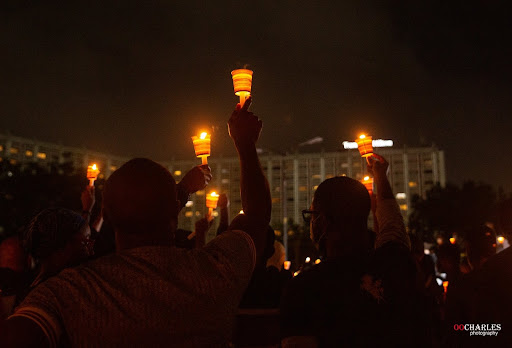
At a quarter to 7 p.m. on Oct. 20, 2020, officers of the Nigerian Army started shooting at a group of Nigerians protesting police brutality at a toll gate in Lekki, Lagos State. Footage of the incident and witness accounts show that they did not stop until about half-past 8 p.m. Hours later, police officers also arrived at the scene and shot at demonstrators. Lives were lost, but no one can say exactly how many.
According to Amnesty International, at least 10 people were killed. Obianuju Catherine Udeh, aka DJ Switch, who famously streamed the incident on Instagram, said they counted at least 15 people who had been gunned down. The Foundation for Investigative Journalism (FIJ) documented 20 deaths, suggesting in a publication that there were many more casualties based on reports of missing people and others who lost loved ones but were unwilling to speak out.
Despite the available evidence, however, Nigerian authorities continue to insist no massacre took place. Information minister Lai Mohammed has repeatedly described it as a “massacre without bodies and blood”. “Anyone who knows anyone who was killed at Lekki toll gate should head straight to the judicial panel with conclusive evidence of such,” he challenged last November.
Here, HumAngle compiles the names of people noted in earlier reports across different platforms to have either been killed or injured by security forces at the protest location that night.
It should be noted that the list is in no way exhaustive. Aside from the victims whose names have been identified, there are others about whom less is known. The photos of the dead bodies of some protesters have also been geolocated, confirming that they were killed during the shooting at the toll gate.
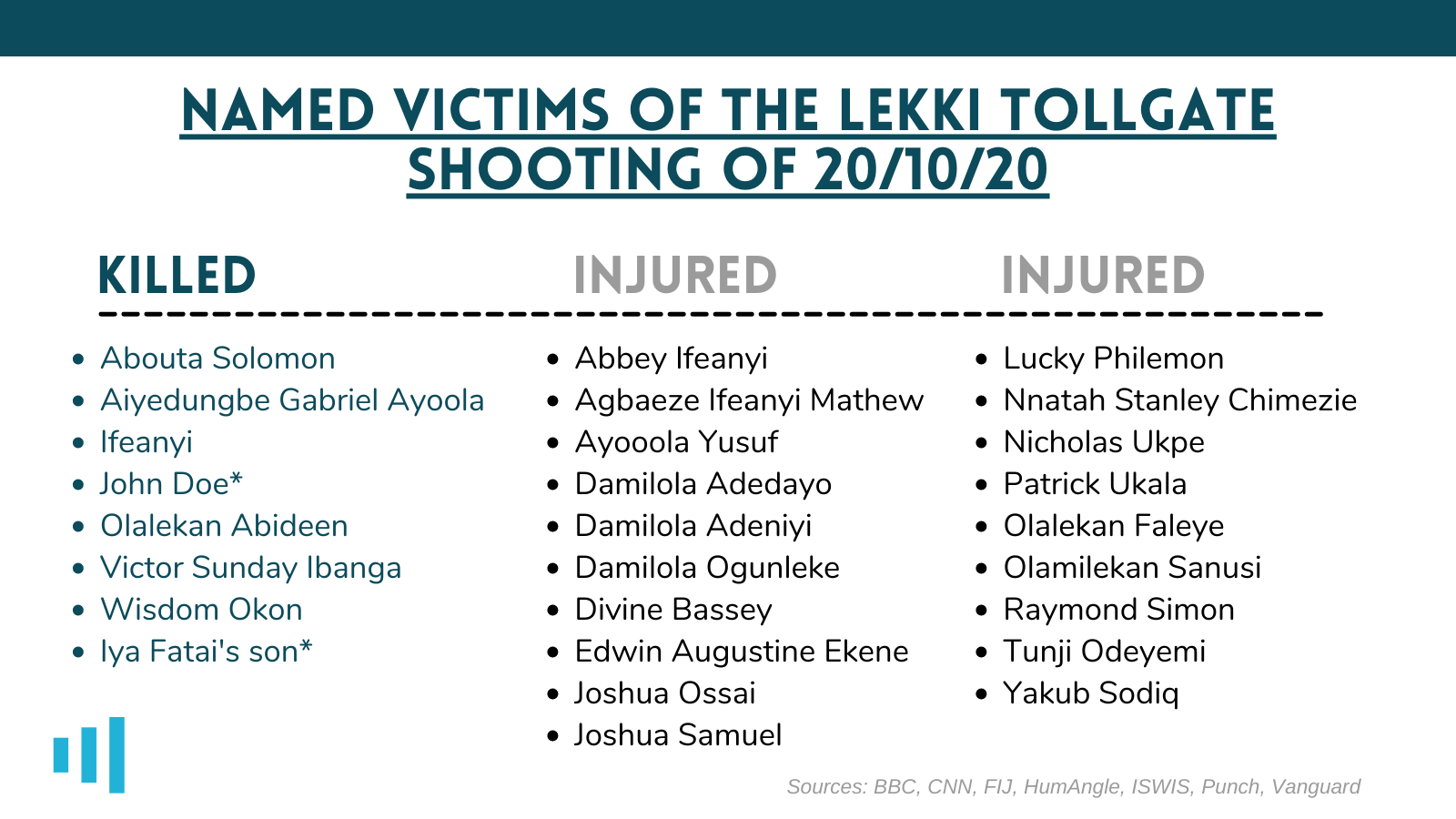 Based on several weeks of investigation, FIJ, last January, uncovered the names of three people shot at the tollgate who immediately lost their lives as well as details of 17 other deceased protesters.
Based on several weeks of investigation, FIJ, last January, uncovered the names of three people shot at the tollgate who immediately lost their lives as well as details of 17 other deceased protesters.
Olalekan Abideen, known fondly as Biggie, was one of the protesters who didn’t survive the fatal incident, as confirmed by his friend and mother, who sells drinks along the Lekki-Ajah Expressway.
Abouta Solomon, 20, had moved to Lagos from Adamawa about a year before the demonstrations, accepting his brother Nathaniel’s invitation. Before his death, he had managed Nathaniel’s car wash at Marwa Waterside in Lekki. His body was transported to their village in Adamawa and buried on Oct. 22, 2020.
Ifeanyi, who was soft-spoken and had spotted an afro and bushy beard, was killed too. Akin Kolawole had become friends with him at the protest and they attempted escaping together when the shooting started. But Ifeanyi was gunned down. Akin remembered looking back and seeing him in a pool of blood.
FIJ learnt about another killed protester estimated to be about 30 years old. Nicknamed John Doe by a doctor, his body had been taken to Reddington Hospital, a facility in Lekki Phase I.
The paper received reports about one protester killed close to midnight by police officers after the soldiers had left. Sam Isah, a fashion designer who witnessed the incident, said the officers beat and hit him on the head with their guns. He was in his late 20s, dark-skinned, clean-shaven, and had a low haircut. Another protester was shot not long after as the group fled. “He was in his early twenties and died spotting a t-shirt and a jean trouser.” Both victims are pictured in the FIJ report. Sam had also seen soldiers throw the corpses of three protesters into their truck at the height of the shooting.
Freeborn Ofurie, who was at the toll gate, reported seeing a soldier shoot an unidentified protester in the chest, likely killing him immediately. A doctor at Reddington Hospital further confirmed that three people were brought in dead the night of Oct. 20. He also saw seven other injured people, not sure if more were admitted before or after his observation. One protester, Perpetual Ibeh Kamsi, reported counting seven lifeless male bodies inside a military van parked at the e-tag lane of the toll gate—as the soldiers faced the opposite direction.
FIJ’s investigative series also documented the experiences of those who participated in the protests and were arrested and otherwise intimidated against speaking to the press about their experiences. It mentioned the names of survivors like Joshua Ossai, Olalekan Faleye, Edwin Augustine Ekene, Joshua Samuel, Tunji Odeyemi, Damilola Adeniyi, Lucky Philemon, Ayooola Yusuf, Nicholas Ukpe, Damilola Adedayo, Yakub Sodiq, Nnatah Stanley Chimezie, and Abbey who sustained gunshot wounds while running away from the hail of bullets at the toll gate.
Additionally, there are people like Sumbo George whose cousin was killed but declined to provide details.
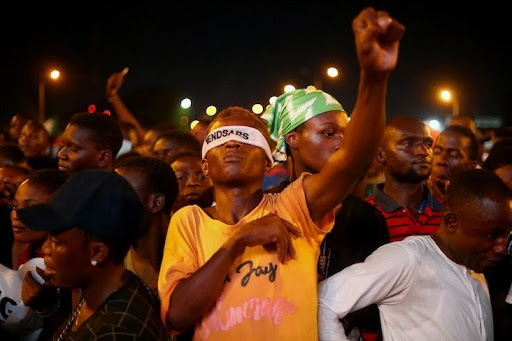
____________________
The killing of Victor Sunday Ibanga at the toll gate protest was revealed by CNN, in a report published in Nov. 2020. Using Victor’s phone, a fellow protester had broken the news of his death to his brother, Elisha. He also said the police went away with his corpse. Another witness told CNN he had been shot in the head.
At the time of the report, Peace Okon had tried unsuccessfully too, to locate his brother, 18-year-old Wisdom Okon, who had gone to the protest venue.
The report also identified one injured protester, Mathew, who survived. Dr Ayo Aranmolate, executive medical director at Grandville Medical Centre, told CNN the facility received 15 injured people that night, one of whom had to have his leg amputated.
In a second report released this October, the news channel mentioned another casualty: the 32-year-old son of Adesola (whose real name was withheld for safety reasons). The mother had seen him on the morning of Oct. 21 in a pool of blood, a bullet wound on his chest. He died in her arms as she tried to take him to a medical facility. That morning, she had also seen the corpse of a child clutching the Nigerian flag and other people trying to rescue their wounded loved ones.
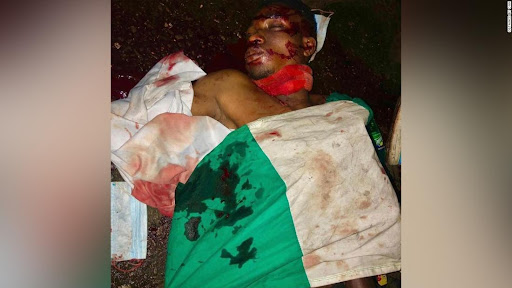
____________________
The story of Olalekan Abideen (Biggie) was retold by BBC in a documentary released following the first anniversary of the #EndSARS protests. The broadcaster had interviewed another member of his family. The documentary also featured the stories of Victor Sunday and Abouta Solomon, earlier covered in the CNN and FIJ reports respectively.
____________________
Other local reports have also provided information about victims from that day. Aiyedungbe Gabriel Ayoola died on Nov. 12 at the Lagos State University Teaching Hospital (LASUTH) from gunshot wounds to the head he got from the #EndSARS protest. His admission coincided with the incident at the Lekki toll gate though his sister, Olufunmi Grace Aiyedungbe, was not certain that was where he was shot.
According to a Vanguard Newspaper article, 14 protesters at the Lekki toll gate with gunshot injuries stormed the venue of the sitting of the Lagos State Judicial Panel of Enquiry and Restitution on Dec. 4, 2020. One of them, Punch reported, was Damilola Ogunleke, who said he was shot on the head.
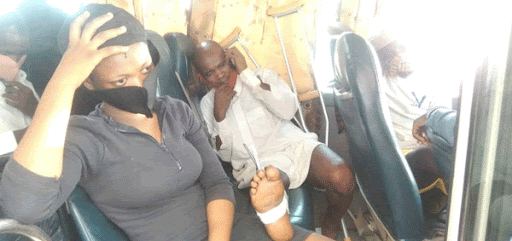
____________________
In a report published by Premium Times on Oct. 31, 2020, it relayed witness accounts of extrajudicial killings. Residents of a shantytown along the lagoon close to the tollgate informed the paper they saw police officers shoot one protester in the head and then a “mad boy” at close range. The journalists also sighted an unidentified corpse floating along the bank of the river. It belonged to a man wearing blue denim jeans trousers, who might’ve been fleeing the gunshots.
Some of the severely injured survivors Premium Times identified included Nicholas Ukpe (also featured in the FIJ report), Raymond Simon, Divine Bassey, and Patrick Ukala.
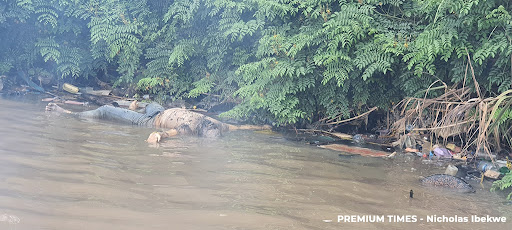
____________________
Another major publication about the massacre is a special podcast episode released by the I Said What I Said (ISWIS) team on Oct. 20, this year. They interviewed six victims: two from the same family and two who are colleagues.
First were Fatai and Iya Fatai, whose brother and son were killed at the toll gate. The story shares a striking similarity with that narrated by CNN’s Adesola. Then there was Agbaeze Ifeanyi Mathew and Raimi Olamide, both content makers for Precious Stone Comedy. Agbaeze was shot on his chest, taken to the General Hospital in Marina, and then transferred to LASUTH, where he spent a week before sneaking out after hearing the authorities were hunting down survivors.
Olamilekan Sanusi also suffered injuries. He lost consciousness after the military personnel’s arrival at the toll gate and was eventually treated at the General Hospital in Marina, which he also snuck out of. He said he counted 10 lifeless bodies at the toll gate. Finally, Joshua Samuel, also one of the protesters, said he himself confirmed seven dead bodies.
____________________
HumAngle in a report published on Oct. 13, this year, identified another severely injured Lekki protester: 25-year-old Edwin Augustine. A recent graduate of Akanu Ibiam Federal Polytechnic Unwana, Ebonyi State, Edwin was shot on his left thigh, according to him, by soldiers. The bullet was only removed over five months later. Edwin’s story had earlier been partly covered in a Punch news article from Dec. 2020, just as Abouta Solomon’s.
Meanwhile, many victims and survivors are still afraid to openly disclose their experiences, fearing that state agents, bent on controlling the narrative, may come after them. Some say they have received threats since the event of Oct. 20 and others have either self-exiled or reduced their activity on social media.
“Let’s face it, we will never know exactly how many people died that night,” Femi Ojeniyi, a Lekki-based architect, had told FIJ. “Even the Army don’t. We never will.”
Support Our Journalism
There are millions of ordinary people affected by conflict in Africa whose stories are missing in the mainstream media. HumAngle is determined to tell those challenging and under-reported stories, hoping that the people impacted by these conflicts will find the safety and security they deserve.
To ensure that we continue to provide public service coverage, we have a small favour to ask you. We want you to be part of our journalistic endeavour by contributing a token to us.
Your donation will further promote a robust, free, and independent media.
Donate HereStay Closer To The Stories That Matter

